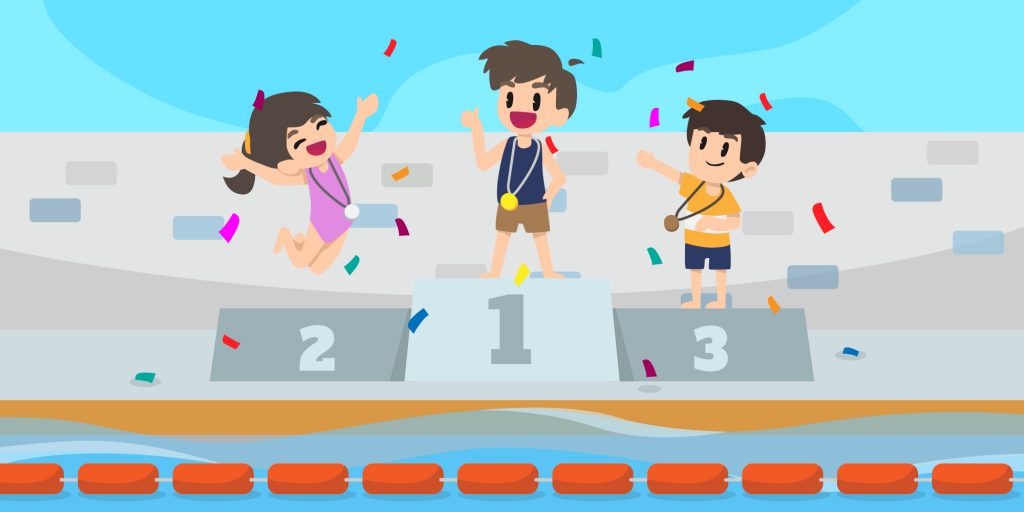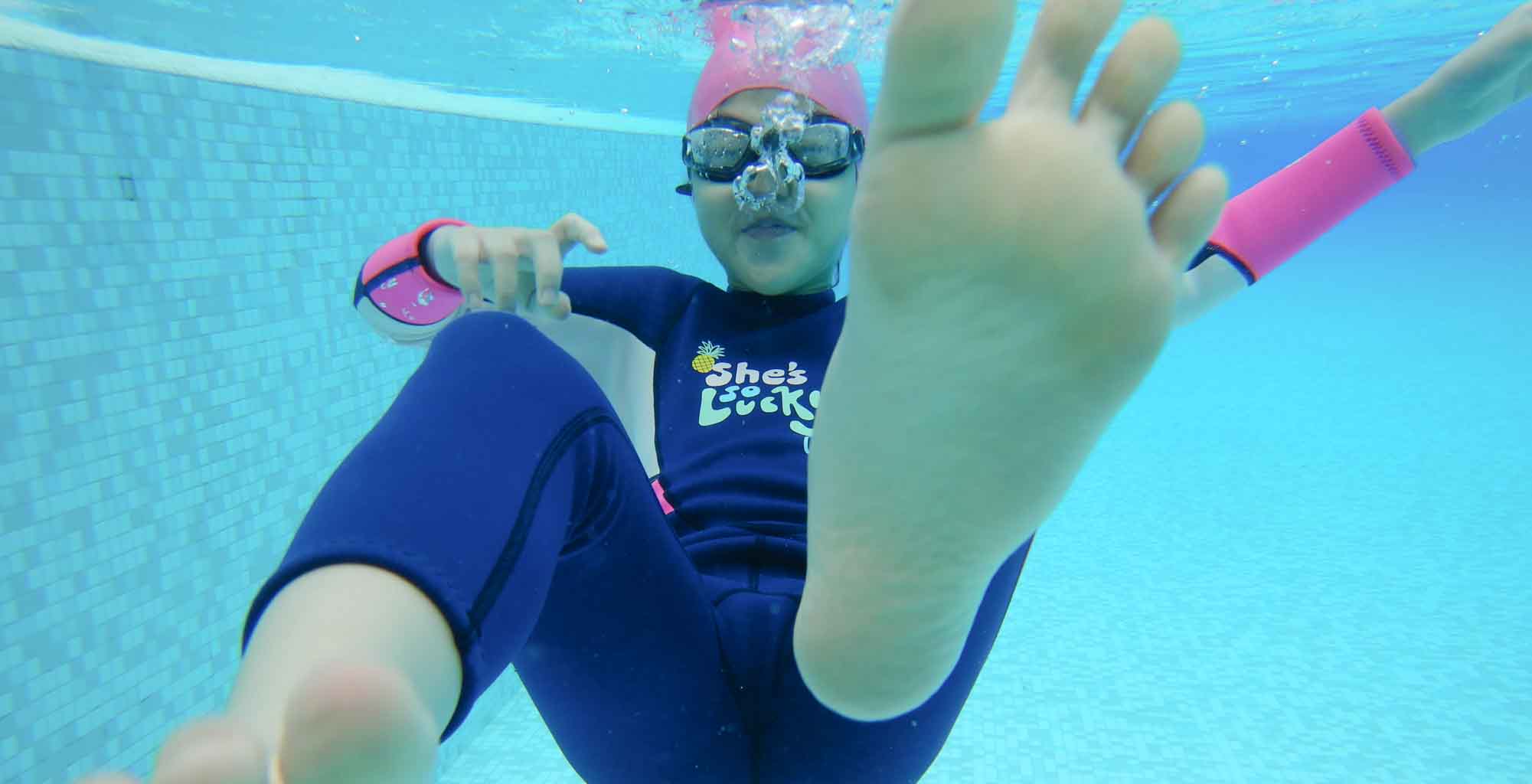7 Fantastic Advantages of Competitive Swimming

You don’t need me to convince you of the health advantages of long swimming if you have ever participated in competitive swimming. Or perhaps you have been swimming so long that a gentle reminder is needed.
We benefit greatly from the sport. It acts as a testing ground for goal-setting, establishing resilience, and being insanely fit.
There are numerous justifications for celebrating the sport.
Listed here are just seven advantages of swimming:
1. Swimming is a low-impact sport.
Yes, various people have varied definitions of what “low impact” means. A swimmer who swims 1000 meters with flawless form twice a week would encounter different effects than one who swims 10 kilometers each day with sloppy and uneven form (hello, misuse injuries and swimmer’s shoulder).
Most dryland activities don’t have a jarring impact because of the buoyancy of the water. Swimming is a low-impact resistance workout that can help bone strength, according to a study.
2. It is beneficial to the brain.
When it comes to working down splits and stroke counts, competitive swimmers are whiz kids. All of the lap count in the water, time addition, and constant focus help us concentrate on other areas of life.
(Meaning we can be forgiven for losing count during a 200m once in a while. Sorry for the last time, coach!)
Swimming makes you smarter, according to research on young Australian, New Zealander, and American children. And who doesn’t want to be smarter?
3. It provides you with the coveted swimmer’s physique.
Football Body does not make people of the other sex swoon. Alternatively, Golf Body. But when you say a swimmer’s body, everyone knows what you’re talking about.
Swimming provides us with a body that is the envy of the sporting world: boulder-shouldered, broad-back, slim, and strong.
4. The issue of safety
Drowning is the biggest cause of death for children aged 1-4 and the second largest cause of damage in children aged 1-14. In nearly the last decade, the United States alone has lost over 3,500 people to drowning. That works out to roughly ten every day.
When you think about it, it’s mind-boggling.
Swimming’s greatest benefit goes way beyond looking good in a Speedo, developing that ravenous and famous hunger, or developing over-seized shoulders and lats—being it’s alive, man.
Learning to swim offers us the confidence, knowledge, and skill to traverse our life’s pools, lakes, and streams.
5. It’s a lifetime sport!
Swimming came naturally to most of us (especially visitors to this blog). We can’t remember a time when the pool, with all of its splendor and anguish, wasn’t a huge part of our lives.
Whether we are water babies or not, swimming will always be a part of our lives.
For some, this means joining a Masters’s team; for others, it means going to the YMCA to do some solo laps; and for still others, it means floating around the splash pool with the next generation of water babies.
6. It can be done alone or in a group
The sport is simple to learn and can be done alone or with a club.
You’re already aware of the benefits of training alone; going solo allows you the “masters prerogative” (i.e., compose your own sets, including large amounts of hot tubbing), as well as the calm and detachment from daily life.
Swimming with a local team or organization, on the other hand, gives you the structure and social boost that comes with training toward a common goal.
It’s versatile.
Unlike other sports and physical activities, you can direct your attention and effort to different regions of your body as needed. Do you want a fundamental, full-body workout? Swim. Do you want to pound your upper body? Pull some strings with a band. Do you want thicker muscles? Put on some fins. What about a lethal core workout? Dolphin kicks your abs into submission while rolling on your back.
Because you can target multiple portions of your body, you can train around injuries more readily than in sports and activities like running, biking, and most team sports.
The variety extends to the type of training you prefer. There are limitless laps and sets you can do as an endurance racer to maintain developing your “base.” Similarly, for those of us with short twitch muscles, a series of blast 15-yard or 25-yard sprints can readily (and enjoyably) feed the beast.
The Bottom Line
These swimming benefits will be old hat for most readers of this blog. Or perhaps you’ve been doing it for so long that you’ve forgotten what life was like without it.
In any event, consider this your daily reminder that swimming is kinda-sorta the best.


